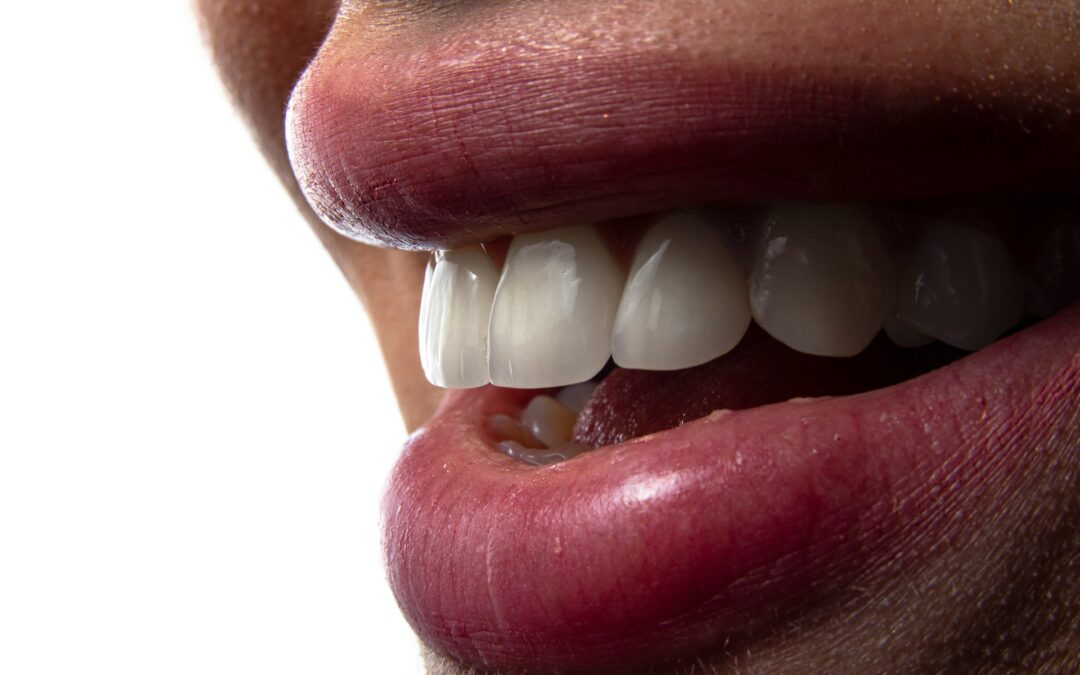White spots on teeth can be troublesome for many, especially when they show up in an otherwise healthy smile. While they might seem like a minor aesthetic issue, these spots can signal underlying dental concerns that shouldn’t be ignored. Understanding what these white spots mean and how they form is key to treating them effectively. They often appear as small, chalky patches on the teeth, contrasting the natural color, making many self-conscious about their smiles.
It’s important to know there are straightforward ways to address these white spots. You don’t have to live with the uncertainty of what they are or what to do about them. We’ll explore simple and effective ways to manage this common dental issue, helping you achieve a more confident, healthy smile.
Understanding White Spots on Teeth
Before jumping into solutions, it helps to know what causes these white spots. There are a few main culprits:
1. Enamel Hypoplasia: This condition occurs when the tooth enamel doesn’t form properly. It can be the result of genetic factors, childhood health issues, or even certain medications.
2. Fluorosis: While fluoride is great for teeth, too much of it during tooth development can lead to white spots. This is common in areas where children consume excessive fluoride through drinking water or dental products.
3. Poor Oral Hygiene: Neglecting proper brushing and flossing can lead to plaque build-up. This plaque can decalcify tooth enamel, which leads to white spots.
Common myths might suggest that these spots are purely cosmetic. However, they can be a hint that the enamel is weakened or that the teeth are more vulnerable to cavities and decay. That’s why it’s not just about looks; addressing white spots is about maintaining overall dental health.
Understanding these causes helps you figure out the best way to tackle the problem. For instance, if it’s a fluorosis issue, managing your fluoride intake can be a simple way to prevent future spots. Knowing these triggers can guide you in making choices that lead to a healthier smile.
Simple Home Remedies for White Spots
When tackling white spots at home, good oral hygiene is your first line of defense. Start by brushing your teeth twice a day with fluoride toothpaste to help strengthen enamel and defend against further spot formation. Regular flossing is also essential, as it removes food particles and plaque that brushing might miss.
Here are a few simple steps you can take:
- Use a Gentle Toothpaste: Opt for toothpaste free from harsh abrasives that can wear down enamel over time. This can so often be overlooked but makes a big difference.
- Drink Plenty of Water: Staying hydrated helps produce saliva, the natural cleanser of your mouth. Saliva neutralizes acids and washes away food particles that contribute to white spots.
- Consider Over-the-Counter Products: Whitening strips or gels can sometimes help even out tooth color, but always check with a dentist before beginning any treatment to ensure it’s suitable for you.
Consulting a dentist is important before trying any home remedies because incorrect treatments can sometimes worsen the situation or damage enamel further. They might suggest mild fluoride treatments to strengthen teeth and reduce spot visibility.
Professional Treatments for White Spots
Searching for effective solutions often leads to professional dental treatments. Dental clinics offer several options that provide targeted results, ensuring safety and effectiveness:
1. Microabrasion: This procedure gently removes a thin layer of enamel to reduce the appearance of white spots, resulting in a more uniform look.
2. Fluoride Treatments: Professional fluoride applications strengthen teeth and help restore enamel integrity. This can be especially beneficial if white spots are due to enamel weakening.
3. Veneers or Bonding: For more pronounced issues, veneers or bonding can cover up white spots. While this is more of a cosmetic fix, it dramatically improves dental aesthetics.
Professional treatments tend to be more precise, providing specialized solutions for your dental health. They address the core problem and not just the symptoms, ensuring that the issue doesn’t recur.
Preventing White Spots on Teeth
Prevention is always more manageable than treatment, and the good news is there are straightforward habits you can adopt to avoid the pesky return of white spots:
- Maintain Daily Oral Hygiene: Regular brushing and flossing prevent plaque build-up and protect enamel.
- Regular Dental Check-Ups: Routine visits to your dentist help catch potential issues early, keeping your teeth in peak condition.
- Watch Your Diet: Limit sugary snacks and drinks that can damage enamel. Incorporate calcium-rich foods that promote tooth strength into your meals.
Incorporating these habits into your daily routine can help maintain a healthy and vibrant smile.
A Healthier Smile Moving Forward
Achieving and maintaining a spot-free smile involves understanding and addressing the underlying issues while adopting preventative habits. By keeping up with oral hygiene, considering professional advice, and incorporating healthy lifestyle changes, you can enjoy a brighter, more confident smile without the worry of white spots returning. Taking these steps not only addresses the cosmetic aspect but also contributes to your overall dental health, setting a positive foundation for all-around well-being.
Achieving and maintaining a smile free from white spots doesn’t have to be challenging. With the right combination of daily habits and professional guidance, you can keep your teeth healthy and bright. If you’re curious about the best solutions and want to explore your options for professional white spot removal on teeth, visit New Life Dental Arts. Our team in Lake Stevens, WA, is ready to help you achieve your dental health goals.

